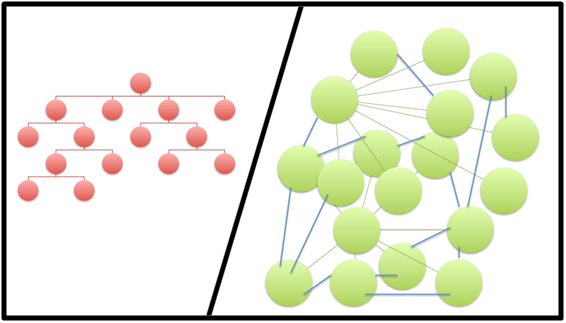There is much that needs to be accomplished in a soccer practice. Ball Control is most definitely something that a coach would want to cover daily. Maintaining possession of the ball requires technique, good decision making, and a solid physical foundation. In the video below from Championship Productions Coach Alan Kirkup, former player for Manchester United and current University of Florida Assistant Coach, uses continuous activity drills that contain elements of both conditioning and maintaining possession while under pressure.
This clips shows you variations of a 4 v 2 drill which is part of a progressive sequence. For more information about the DVD this clip came from click to the link Running a Dynamic Soccer Practice
The video has sound so make sure your sound is turned on. This is a YouTube video, so you will need access to that site.
Coach Kirkup’s practice, recorded in a live practice setting, is fast paced and provides many opportunities for players to get touches on the ball so as to improve their touch and precision in passing and receiving the ball. The drills all stress the importance of working together and communicating with teammates.
The 4v2 sequence begins by putting 6 players in a box. The size of the box may vary depending on the skill level of the players and what the coach wants to get out of the drills that day.
In the first drill the four offensive players are required to use two touches and pass the ball to each other without loosing possession, while the two defenders are trying to disrupt play. The goal is for the offense to get 50 passes. If the defenders disrupts the pass or takes the ball, then they move to offense and the player that lost the ball plays defense.
After a period of time the Coach then calls for a Three Touch Must. Now each offensive player must make three touches and pass to and teammate. The drill helps stress the importance of the first touch and where it is received. This also gives the players a chance to demonstrate some of the individual skills
The sequence concludes with a One Touch Only call. Here Coach Kirkup stresses to keep it simple and keep moving. This is obviously the most difficult of the sequence. As the players skill level increase, this drill will become more and more helpful. Lower skilled players will struggle, but the still need some reps working on their one touch.
